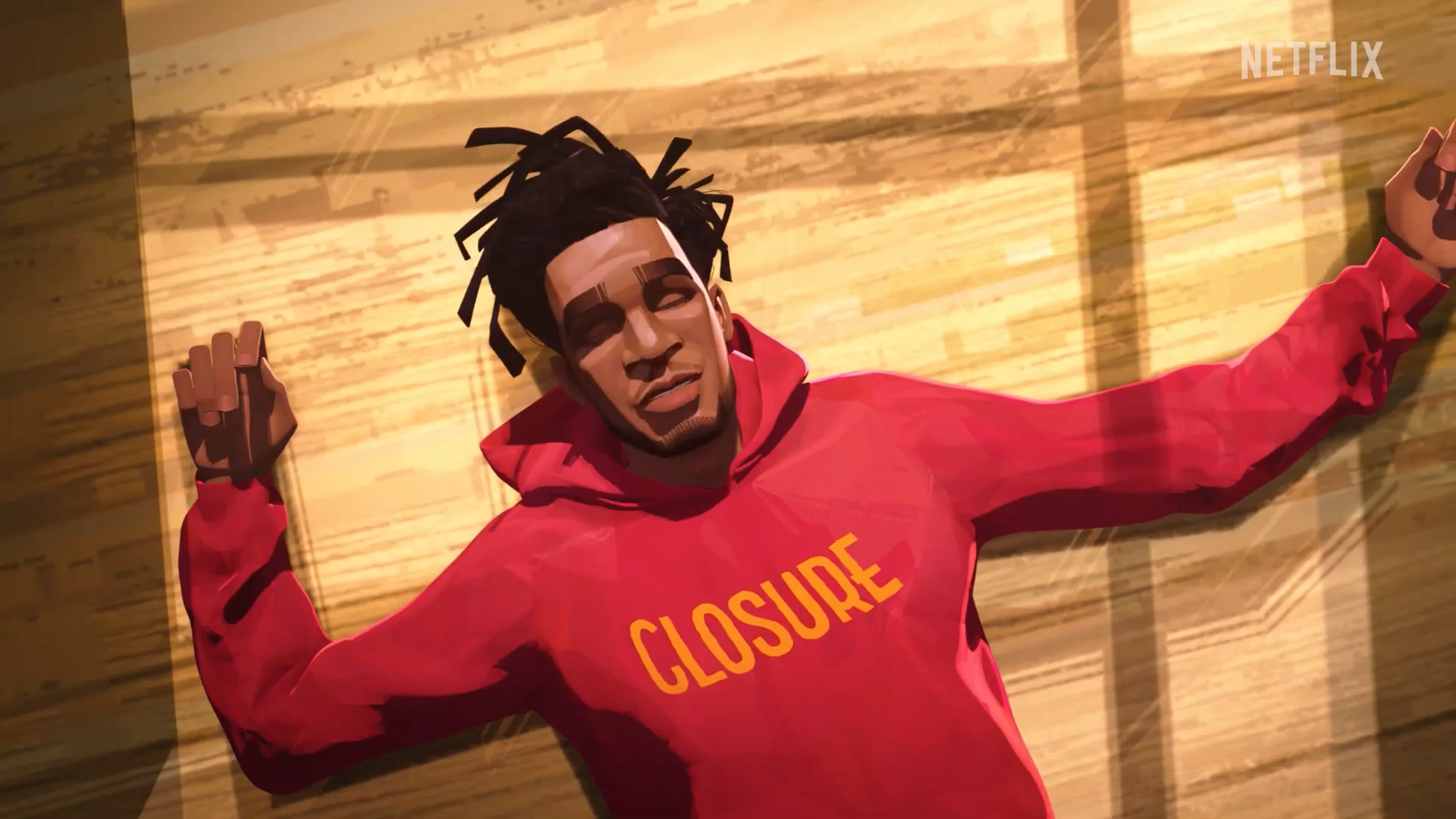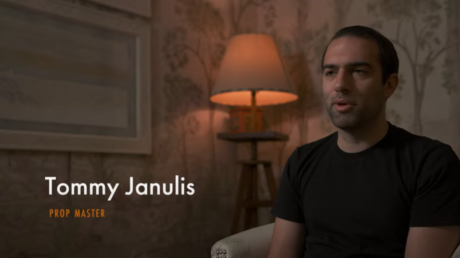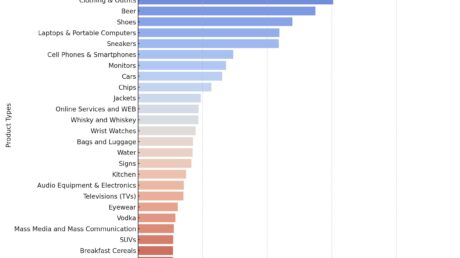Remember that time when you couldn’t even leave your house except to go to the grocery store, and when you could go shopping, the entire toilet paper aisle was empty for some mind-boggling reason? While the worst of Covid-19 may be in our rearview mirror, the experience of living through a global pandemic has staying power in our collective memories. There’s a lesson to be learned here beyond the fact that buying the ginormous 24-pack of TP isn’t such a bad idea after all.
Once social-distancing restrictions eased, millions of people returned to live music events. While a logo on stage at music festival may get noticed, the brands that truly seized the moment and connected with audiences were the ones that created unique experiences for concert goers. While experiential advertising isn’t a new concept, after the pandemic, brands that recognized how eager consumers were to reengage with the world did the best job of making a lasting impression with consumers.
At Coachella in 2019, Adidas collaborated with Childish Gambino (aka Donald Glover) to create an immersive experience that select concertgoers would likely never forget. Random Coachella attendees were messaged via phone, asking if they would accept an AirDrop pic of Adidas sneakers sent by Glover. Those who greenlit the AirDrop discovered that the pic was actually an invitation to get a free pair of sneakers at a tent on site. Fans who picked up the shoes were asked to simply wear them to Glover’s show. By connecting the shoes, Glover, and Coachella to audience members, Adidas created an engaging and memorable experience, bonding with these consumers through creativity.
Just as AirDrop was key to the unique experience that Adidas and Glover created for concertgoers, other technologies can also provide innovative ways to engage consumers. Thinking back to our learned pandemic behaviors, we remember restaurants using QR codes as a solution for contactless menus. The QR code has been an existing technology for decades and didn’t catch on with consumers when brands first tried to integrate them into advertising and shopping experiences more than ten years ago. That all changed with Covid-19 and advancements with mobile devices that now make it simple to scan and interact with QR codes. (You knew you had an excuse to upgrade your phone every year!)
Using a QR code in a restaurant became commonplace and familiar during the pandemic, opening the door to include QR codes in our other daily experiences. More and more, QR codes can be found in content on TV, with brands utilizing QR codes during programs. One clever use of QR codes was in Entergalactic, Kid Cudi’s animated love story on Netflix. Viewers who found and scanned the hidden QR codes were taken to the Netflix Shop site where they could buy Entergalactic merchandise. Experiential content invites the audience to actively participate in the content experience versus just watching. Brands tapping into these types of marketing experiences can create a lasting impression amongst audiences and even in some cases drive direct sales from the interaction.
What kinds of experiences are consumers having with your brand? How are consumers encountering your brand in ways that would inspire them to share their experiences with their friends, their family, and their social followers? Successful advertising is not just about meeting consumers where they already are, but also about crafting the experience that they have with your brand. By seeking out ways to capitalize on those genuine moments in consumers lives to connect with them in relevant ways, you can make all your brand’s advertising efforts more meaningful and effective.




